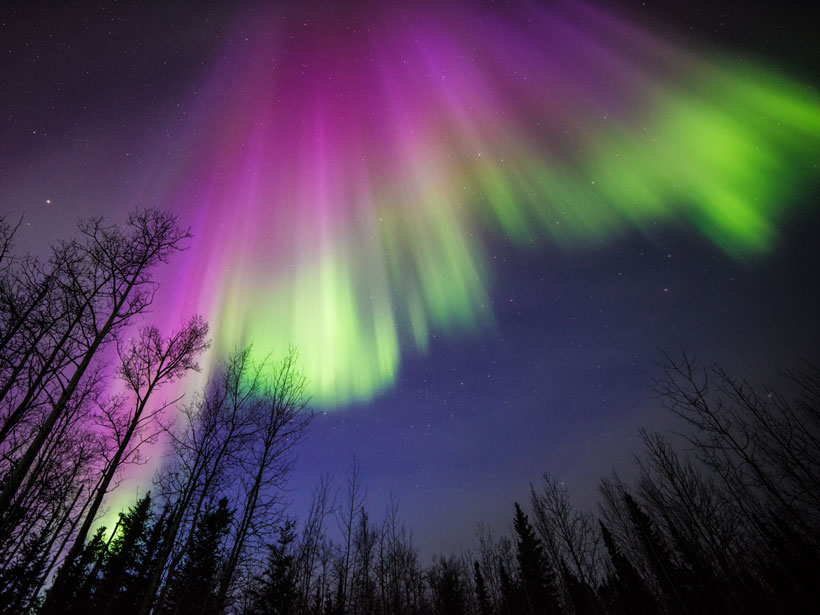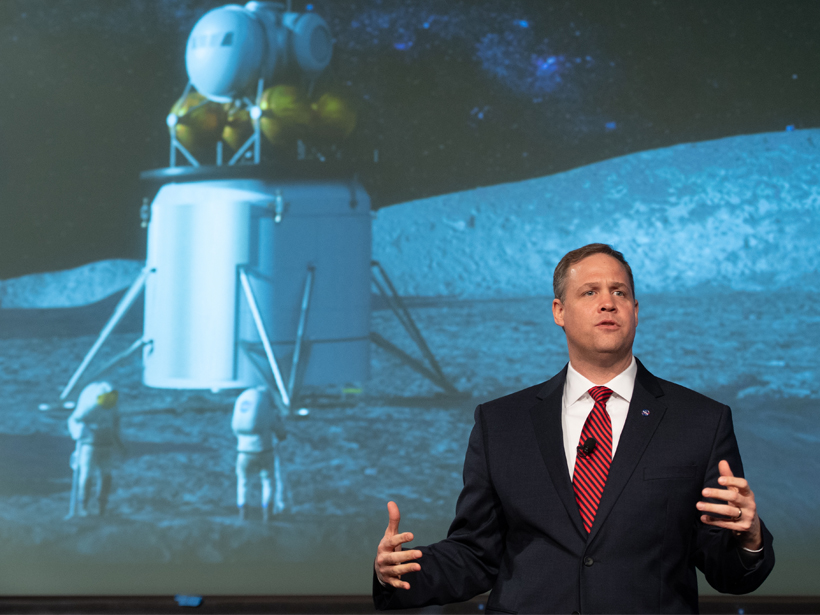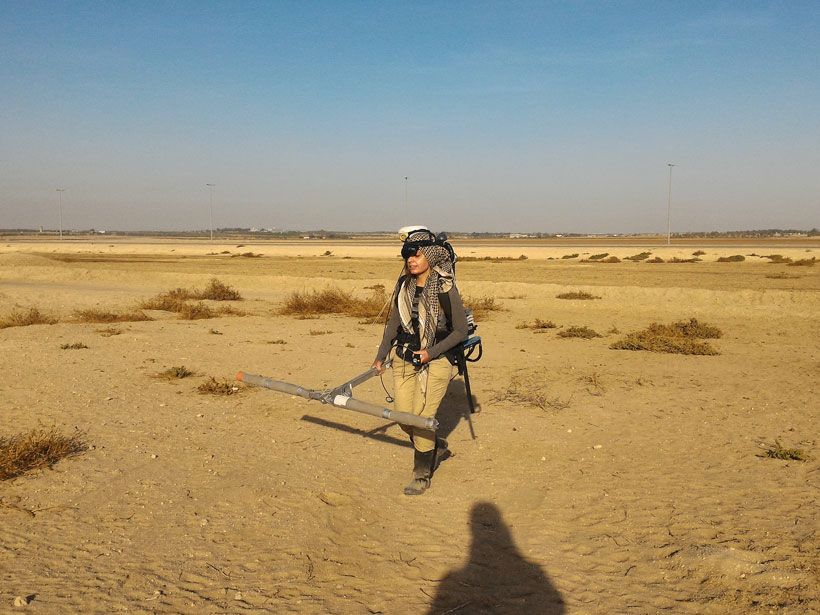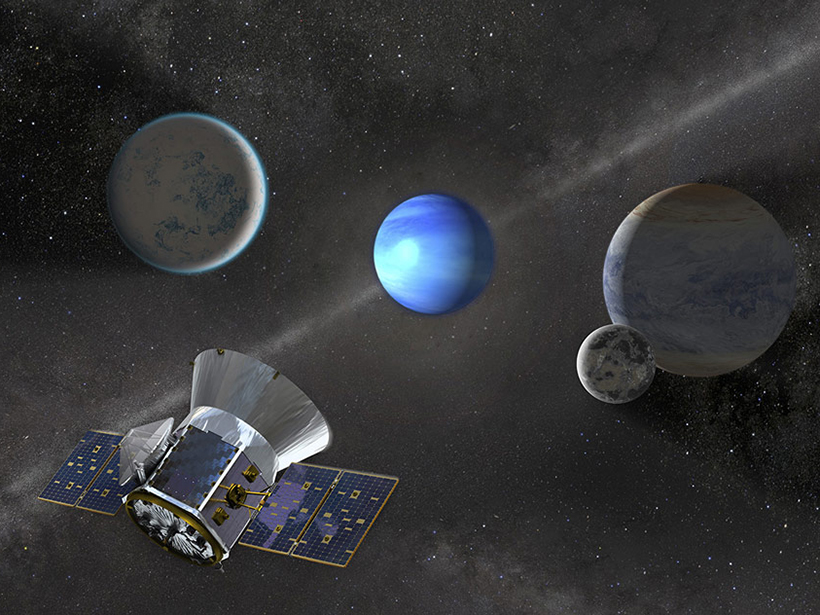A new critical zone observatory in India’s Ganga Basin helps researchers and farmers understand and improve the ways that human activities shape environmental processes.
cool tools
New Antenna Design Could Improve Satellite Communications
A novel antenna design promises to improve bandwidth and allow for better communication between Earth stations and satellites.
A Digital Mayfly Swarm Is Emerging
Low-cost, open-source data collectors and a suite of collaborative online tools are making big leaps in the field of watershed monitoring.
The Unsolved Mystery of the Earth Blobs
Researchers peering into Earth’s interior found two continent-sized structures that upend our picture of the mantle. What could their existence mean for us back on Earth’s surface?
Deaf Students Feel the Universe’s Vibrations in New Workshop
Students experienced the vibrations of Earth’s auroras, the Sun’s flares, Jupiter’s bow shock, and Saturn’s rings in an outreach activity designed specifically for their community.
NASA Wants to Get Back to the Moon, and Fast
The space agency has plans for a sustainable return to the Moon.
Training a New Generation of Data-Savvy Atmospheric Researchers
Pacific Northwest National Laboratory and the University of Washington team up to teach students about state-of-the-art research instrumentation.
Magnetic Surveying Reveals Hidden Ancient Buildings and Streets
Buried buildings subtly distort natural magnetic fields, providing a magnetic surveying team with clues that helped archaeologists map an ancient city.
NASA Space Telescope Spots Its Third Planet
A planet 3 times as large as the Earth was detected by the Transiting Exoplanet Survey Satellite in a relatively leisurely orbit—the longest yet detected by this telescope—of 36 days.
A New Tool for Studying Volcanic Eruptions Like Kīlauea
A new study sheds light on how magma erodes the conduit it flows through.










